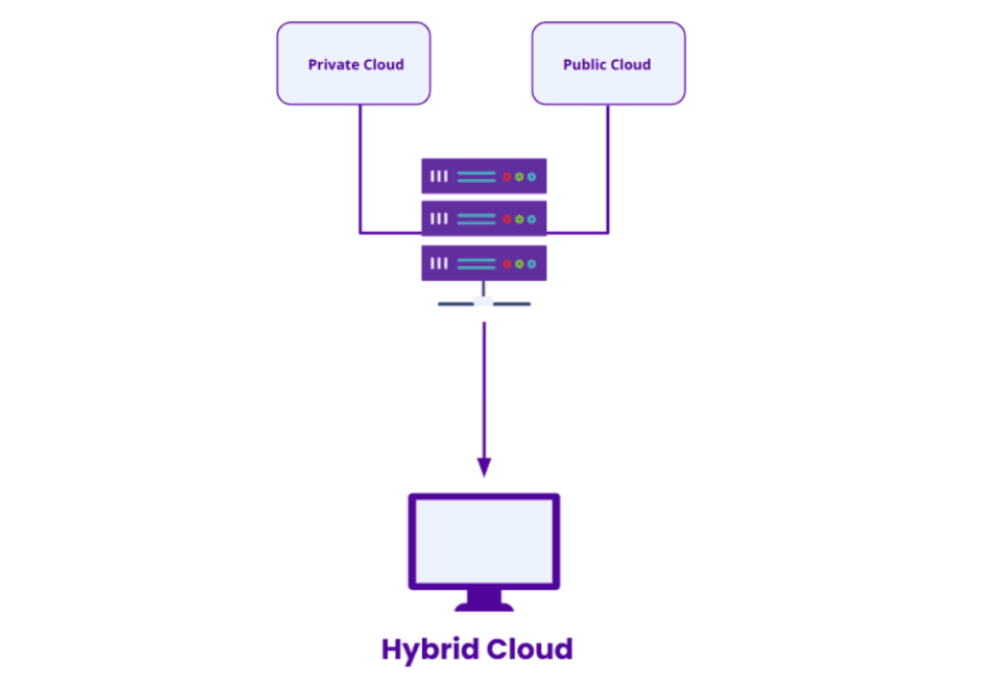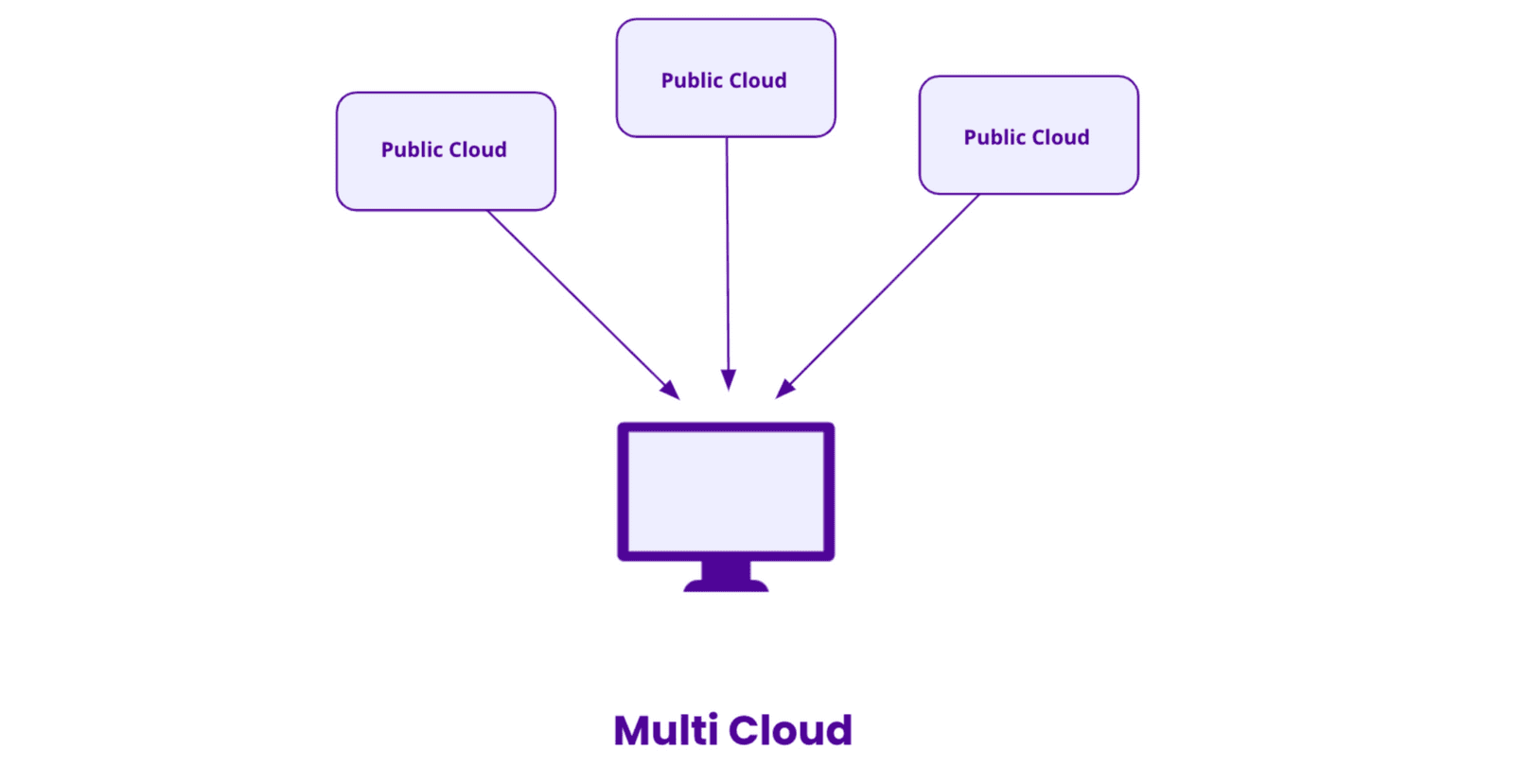
The multi cloud will unlock the next decades of tech sector growth
The cloud has been built on a myth: that only a handful of cloud solution providers can answer all of clients’ needs.

The rise of cloud computing brought about a multitude of cloud technologies, which in turn caused some confusion on core cloud paradigms. With the public cloud, hybrid cloud, multi cloud, etc., it became hard to navigate and understand the idea behind every concept. As the multi cloud is starting to topple the discussion as a core trend for the upcoming years, it is in fact nothing new: even without using the term “multi cloud”, 92% of companies are already using a multi-cloud approach. So what is it exactly?
To understand the difference between the multi cloud and the hybrid cloud, you first need to understand the difference between the private cloud and the public cloud.
A public cloud is a set of services and resources offering a complete virtual infrastructure that is available on-demand and billed based on actual usage.
You can run anything from basic instances to architectures within a complete, highly scalable, computing environment.
A private cloud is used to deploy services and resources within your own data center or you own cloud on your provider’s bare metal. You own the environment, which is used by a relatively small number of employees and customers and provides limited services and scalability. In theory, private clouds offer the convenience of the public cloud while enabling the business to maintain direct control over the infrastructure.
A hybrid cloud is simply a connection between a private and a public cloud. A business can use a hybrid cloud model to support workload migrations between public and private cloud environments, with a workload that could also run redundancy in both environments, and components running in each environment can communicate.
A hybrid cloud offers more flexibility and control than a public or private cloud could do on its own. For example, cloud bursting allows infrastructure to move resources from the private to the public cloud when the demand is exciding the private cloud's capacities in order to support the overload. In practice, this is quite challenging technically to set up.
A hybrid cloud is a subsection of multi cloud, as it runs different clouds architectures.

A multi cloud environment incorporates services from at least two cloud providers and lets you choose the resources that best fit your needs between several providers.
Teams and products from the same company may have different IT needs.
Where a cloud provider might be recognized for its AI services which empower your team of data scientists, another cloud provider might provide greater diversity in terms of infrastructure. Organizations can use any public cloud services to support their own specific goals and customize their infrastructure to best fit their needs.
In theory, an organization builds its cloud environment to enable straightforward workload portability, should it ever decide to switch providers. But in practice, this does isn't enough to justify a formal multi-cloud strategy because public clouds are not interchangeable.
Differences in resources, services, APIs, and other components make it challenging to migrate complex applications without some amount of architecting.
Finally, a multi-cloud environment typically involves two or more public cloud providers.

Hybrid and multi-clouds do overlap on certain aspects - in both cases, it involves using multiple clouds, but there is a subtle difference.
Think of hybridization as going to your favorite restaurant for dinner, then going to your favorite bakery for dessert. The multi-cloud approach would be more like getting all of your favorite food from your favorite restaurants, then setting up one table with everything on it.
Most companies already run multi cloud infrastructures today… without a frontal multi cloud strategy to enable its benefits. However, power is in the hands of the consumer: you. You can choose to weaken vendor lockin and get the most out of each cloud provider. Hyper personalized infrastructure based on a multi cloud approach enables a more rational billing, an empowered engineer's teams, and keeping with national laws and regulations regarding data simpler.

The cloud has been built on a myth: that only a handful of cloud solution providers can answer all of clients’ needs.

Have you heard of IP addresses and IPv6? An Internet Protocol address (IP address) is a numerical label for identifying and locating networked devices.

TLS, and its now-deprecated predecessor, Secure Sockets Layer (SSL), are cryptographic protocols designed to provide communications security over a computer network...